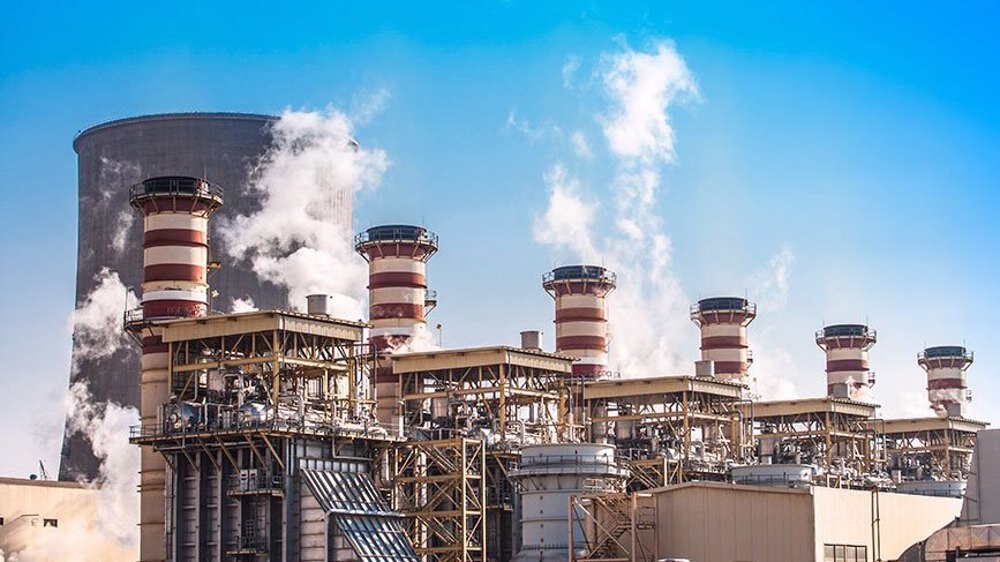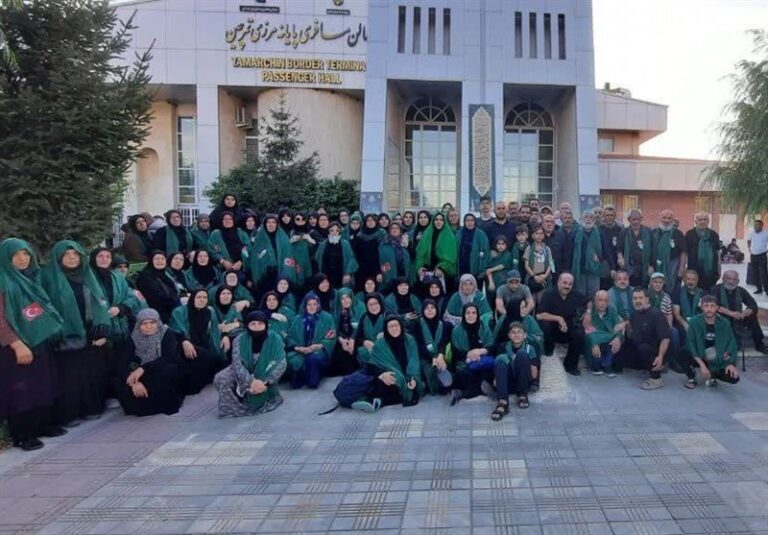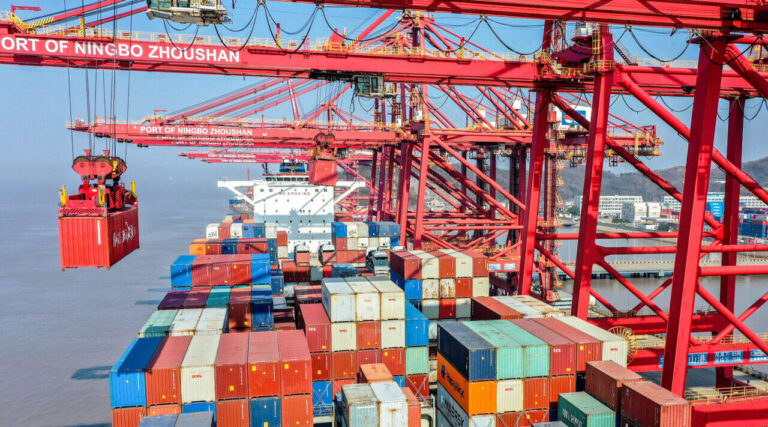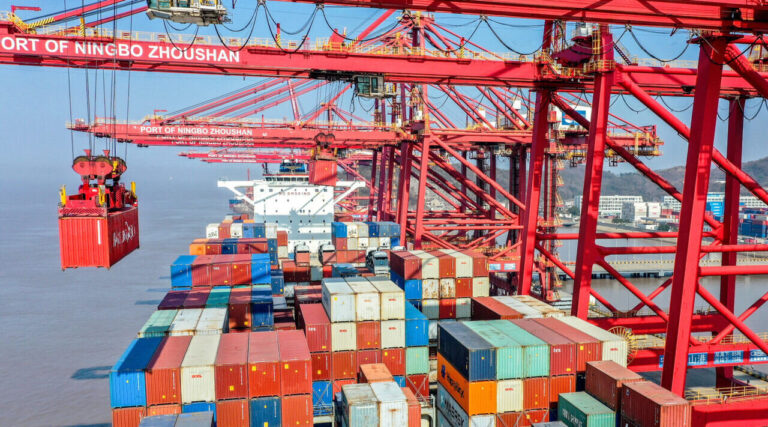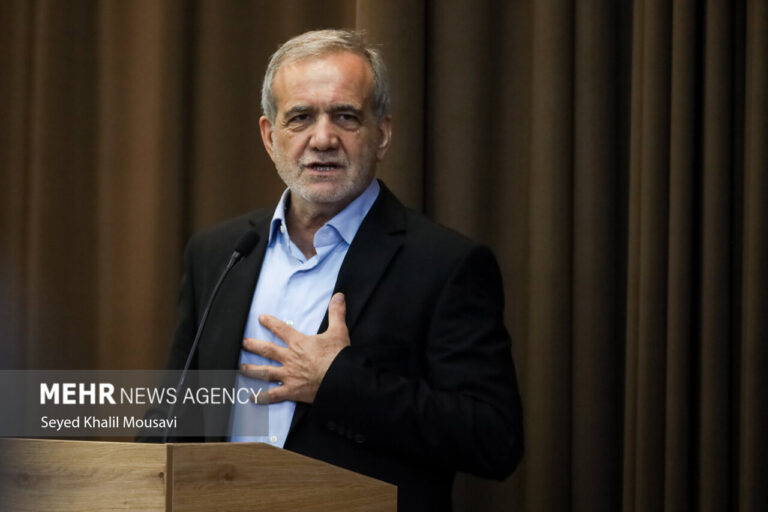Iran Sets New Record in Gas Supply to Power Plants: A Boost for Energy Production
Recent data released by the Iranian Oil Ministry’s news service, Shana, reveals significant insights into the natural gas supply to power plants in Iran. On May 4, Iranian power plants received an impressive 259 million cubic meters (mcm) of natural gas, highlighting the country’s efforts to meet soaring energy demands amid a heat wave.
According to the report, the distribution of natural gas was as follows:
- Large Manufacturers: Over 172 mcm of gas.
- Households and Businesses: More than 213 mcm of gas.
This record supply comes as Iranian power plants face increased pressure due to a sudden rise in electricity demand driven by soaring temperatures. The state electricity company, Tavanir, reported that power usage in Iran reached a peak of 58.7 gigawatts (GW) on May 1, which is a substantial increase of 9 GW compared to the same day in 2024, as noted by PressTV.
Industry statistics reveal that Iranian power plants consume approximately 79 billion cubic meters (bcm) of natural gas annually, accounting for nearly one-third of the nation’s total gas production. Notably, the share of gas in power generation has surged from 35% in 1985 to a staggering 86% in 2022, illustrating a significant shift towards reliance on natural gas as an energy source.
In a broader context, global demand for natural gas in power generation has also risen, increasing from 14% to 23% during the same period. This global trend underscores the pivotal role of natural gas in meeting energy needs worldwide.
Despite the robust supply, Iran has faced challenges in ensuring stable electricity access. The country has been compelled to implement brief power cuts in various cities and towns, along with restricting electricity supplies to large manufacturers. These measures are necessary to manage the ever-increasing electricity demand that has surged in recent years.
In summary, the Iranian energy sector is currently navigating a complex landscape, balancing the high demand for electricity with the available natural gas supply. As the heat wave continues to affect energy consumption, the government will need to remain vigilant in its management of resources to prevent widespread outages and ensure reliable service for both businesses and households.
For now, the focus remains on optimizing the use of natural gas and exploring sustainable solutions to meet the growing energy needs of the nation. As Iran looks to the future, strategic planning and investment in the energy sector will be key to maintaining stability and supporting economic growth.
In conclusion, the data from Shana is a clear indication of the challenges and opportunities faced by the Iranian power sector. The record gas supply on May 4 is a testament to the country’s commitment to addressing the pressing energy demands of its population and industries.
